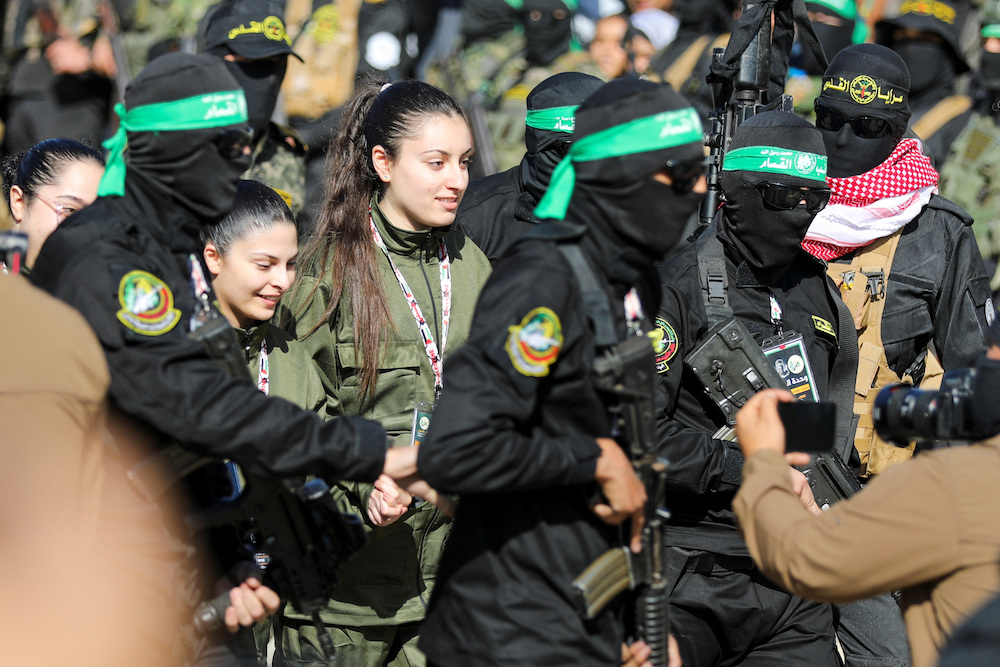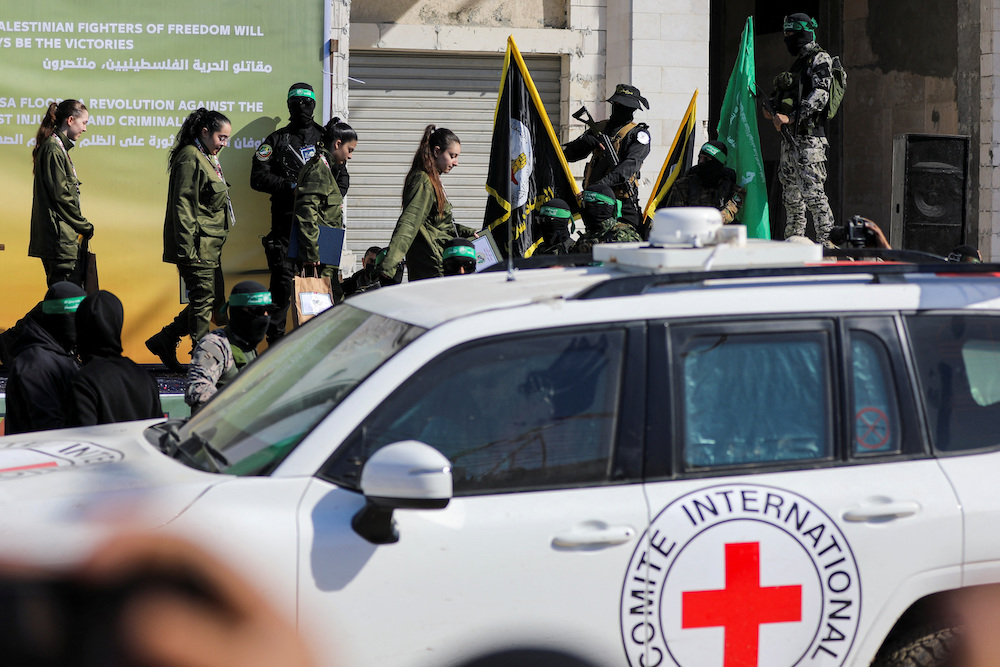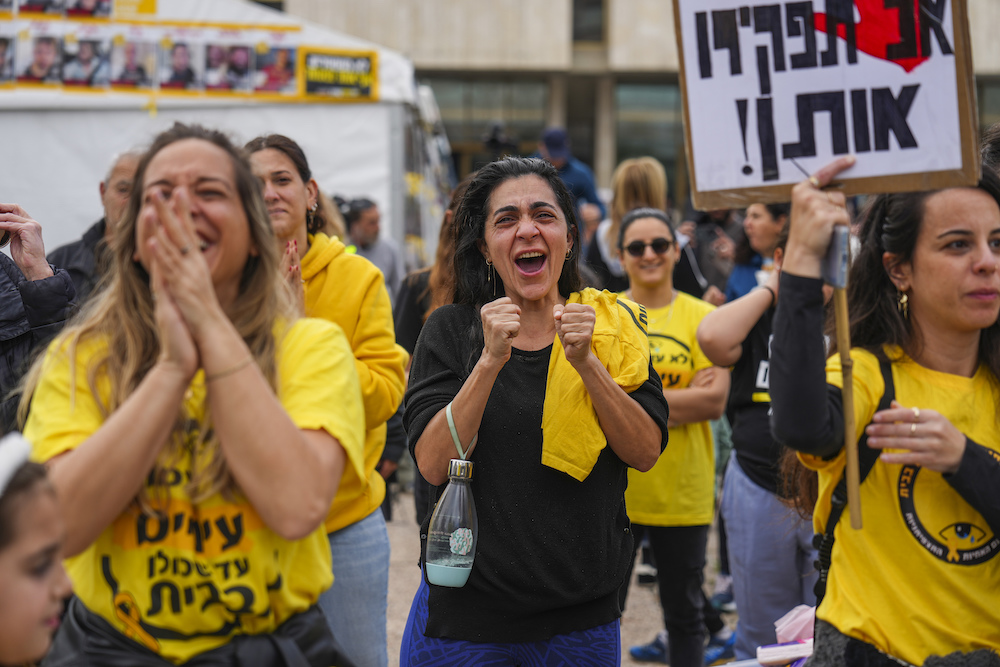CHICAGO: Palestinian President Mahmoud Abbas has told the annual conference of the progressive American Jewish lobby, J Street, that he would return to the peace table to negotiate over a two-state solution to the Israeli-Palestinian conflict.
During his presentation on Sunday, Abbas accused the current Israeli government of being an obstacle to peace by refusing to talk and he joined a succession of other speakers in reinforcing support for the two-state solution.
In 2008, Abbas met 35 times with then Israeli Prime Minister Ehud Olmert in Madrid and came close to reaching an agreement, but the discussions were aborted when Olmert was ousted from office and Benjamin Netanyahu was elected premier.
“We believe in the two-state solution based on the 1967 borders … and a sharing of East Jerusalem. We are ready to resume negotiations,” Abbas told conference delegates.
The virtual J Street meeting was held in response to the continuing coronavirus disease (COVID-19) pandemic and attracted nearly 5,000 registered attendees online.
In his address, Olmert said he believed that peace based on the two-state solution was not only possible but viable if Israel had the right government leadership to engage in direct negotiations with the Palestinians and if the Palestinians were to embrace the concept openly.
“There is no other way to resolve the historic conflict between Israelis and Palestinians … on the basis of the 1967 borders – there will be some changes in the border, but the total size will be as it was in 1967.
“If we sit together with the Palestinians on that basis, I am sure it can be resolved,” he added.
The former PM detailed the discussions he had with Abbas and said that the Palestinian state would be based on the 1967 borders with land adjustments. He pointed out that settlements would be consolidated into three zones in the West Bank and that land swaps would be made to compensate the Palestinians for the settlement lands that remained.
Olmert noted that East Jerusalem would serve as the capital for both Israel and Palestine, and that it would include the support of nations including the US, Saudi Arabia, and Jordan.
He told the J Street conference that it would require “a change in the attitude in the government of Israel. But the present government of Israel is unwilling to do it. But I think the Palestinians have to adopt themselves to this framework, also. It still can be done.”
Both Olmert and Abbas said that the goal of establishing peace between Palestinians and Israelis had been “omitted from the Israeli discourse in politics” since Netanyahu was first elected in 2009 but agreed it could be revived “with some effort.”
J Street president and founder, Jeremy Ben-Ami, said that the two-state solution was “the only solution,” and that the priorities must be to stop the “creeping annexation” of the West Bank and expansion of the settlements.
He added that he did not believe that negotiations could start under the current political climate in Israel.
Ayman Odeh, leader of the Arab Hadash party and member of the Joint List in the Knesset, told conference attendees that “laws can be undone,” and that a Palestinian state based on the 1967 borders “can be done.”
But similar to Olmert and Abbas, Odeh said he did not expect much progress while Netanyahu continued to offer limited equality to Palestinian Arab citizens.
Odeh urged Israeli society to “topple Netanyahu’s corrupt reign and build democracy that works for all of us.”
He added: “We are the hope … the wrench that will stop the machinery of division and fear. We are the Arabs and the Jews who refuse to be enemies.”
The Israeli administration remains in turmoil having held four elections since April 2019, all of which have resulted in weak and indecisive governments led by Netanyahu.
Speakers at the J Street conference said that if Netanyahu failed to form a ruling coalition to run the country, the person most likely to take his place was Naftali Bennett, who embraces many of Netanyahu’s extremist anti-peace platforms but was more willing to form coalitions with centrist political organizations.



























